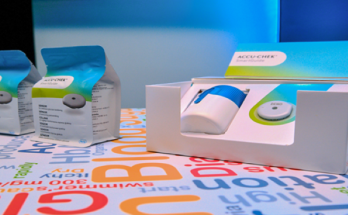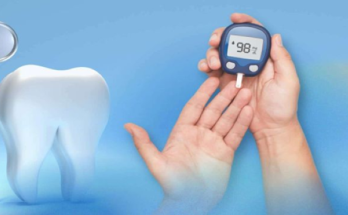As temperatures rise, cases of heat-related illnesses become more prevalent, particularly among children, outdoor workers, athletes, and older adults. Both heat exhaustion and heatstroke happen when the body overheats due to prolonged exposure to high temperatures, dehydration, or intense physical activity. Although the symptoms may seem similar, heatstroke is far more serious and requires urgent medical attention. Knowing the difference can save lives.
Heat Exhaustion: The Early Warning Stage
This occurs when the body loses too much water and salt, typically through sweating. It is the body’s way of signalling that it is struggling to cool itself down. Signs of heat exhaustion include heavy sweating, pale or clammy skin, weakness, fatigue, dizziness, fainting, headaches, nausea, vomiting, muscle cramps, and a rapid heartbeat. If treated quickly, heat exhaustion is rarely life-threatening. The key is to act before it progresses to heatstroke.
- First aid tips for heat exhaustion: Move the person to a cool, shaded place, loosen clothing, offer cool water to sip slowly, apply damp cloths or encourage a cool shower, and allow the person to rest.
Heatstroke: A Medical Emergency
Heatstroke is the most severe form of heat-related illness and can be fatal if not treated urgently. It occurs when the body’s temperature rises above 40°C, and its cooling mechanisms fail. Signs of heatstroke include hot, dry skin (or sometimes red, damp skin), a dangerously high body temperature (40°C or above), confusion, agitation, slurred speech, seizures, and loss of consciousness.
- First aid for heatstroke: If someone shows signs of heatstroke, call emergency services immediately or use the iER app for rapid medical assistance. While waiting for help, move the person to a cool place, remove excess clothing, and lower their body temperature as quickly as possible with cold water, ice packs, or wet clothes applied to the armpits, neck, and groin. Continue fanning the person while cooling them, and never give fluids if they are unconscious or semi-conscious.
How to Tell the Difference
Heat exhaustion is a warning sign that the body is overheating, but still able to regulate temperature through sweating. Symptoms include sweating, pale skin, tiredness, dizziness, nausea, and cramps. With rest, cooling, and hydration, recovery is usually quick.
Heatstroke, however, is an emergency. Sweating may stop, the skin becomes hot and dry, the body temperature rises dangerously high, and confusion or unconsciousness sets in. Unlike heat exhaustion, heatstroke will not resolve without urgent medical intervention and can cause lasting organ damage or death if untreated.
While anyone can suffer from heat-related illness, certain groups are more vulnerable:
- Children and infants, who overheat faster than adults.
- Elderly individuals, whose bodies may not regulate temperature as effectively.
- Athletes and outdoor workers, who exert themselves in direct sunlight.
- People with chronic illnesses, including heart disease, diabetes, or breathing problems.
Heat-related illnesses are preventable with some basic precautions:
- Drink plenty of water, even if you don’t feel thirsty.
- Avoid sugary, caffeinated, or alcoholic drinks that increase dehydration.
- Wear light-coloured, loose-fitting clothes.
- Take frequent breaks in shade or air-conditioned areas when outdoors.
- Limit strenuous activity between 11 am and 3 pm, the hottest part of the day.
- Apply sunscreen to prevent sunburn, which interferes with cooling.
- Never leave children or pets alone in a car, even for a short time.
Early symptoms such as dizziness, cramps, or nausea are often mistaken for simple tiredness, but ignoring them can allow heat exhaustion to progress into life-threatening heatstroke. This condition can cause lasting damage to the brain, kidneys, heart, and muscles, and in severe cases, can be fatal.
Recognising the signs early and responding quickly is essential to prevent serious complications. Affinity Health helps individuals stay prepared and protected during extreme heat by providing access to doctors, telehealth consultations, and a nationwide healthcare network for fast, reliable care when heat-related symptoms strike.




